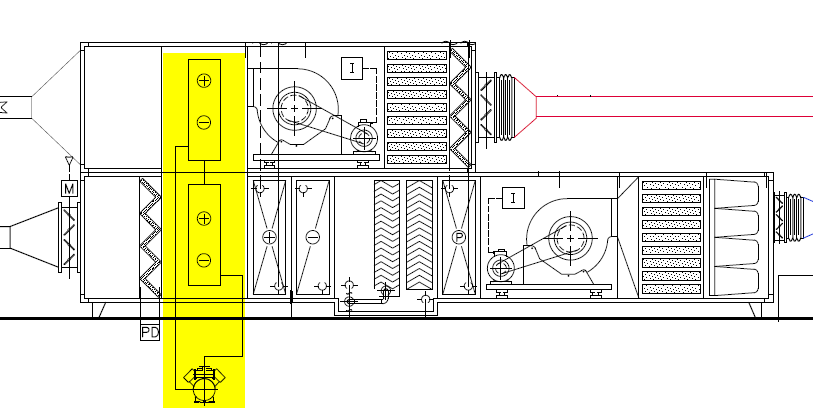Model heat recovery with a dedicated heat pump between inlet and outlet AHU air flows [E+]
Good morning, I'm modeling a hvac system with a AHU. It is equipped with a heat recovery composed by a dedicated heat pump placed between the inlet and outlet air flows.
To better explain it, it's a invertible heat pump that during summer works with the evaporator in the inlet air flow and the condenser in the outlet; in winter the contrary.
The literal english translation of this system (from italian) is "active thermodynamic heat recovery", I don't know if this information could help.
I didn't find a component for this issue, is there anything? Otherwise, is there a way to model it?
Thanks to everybody!






